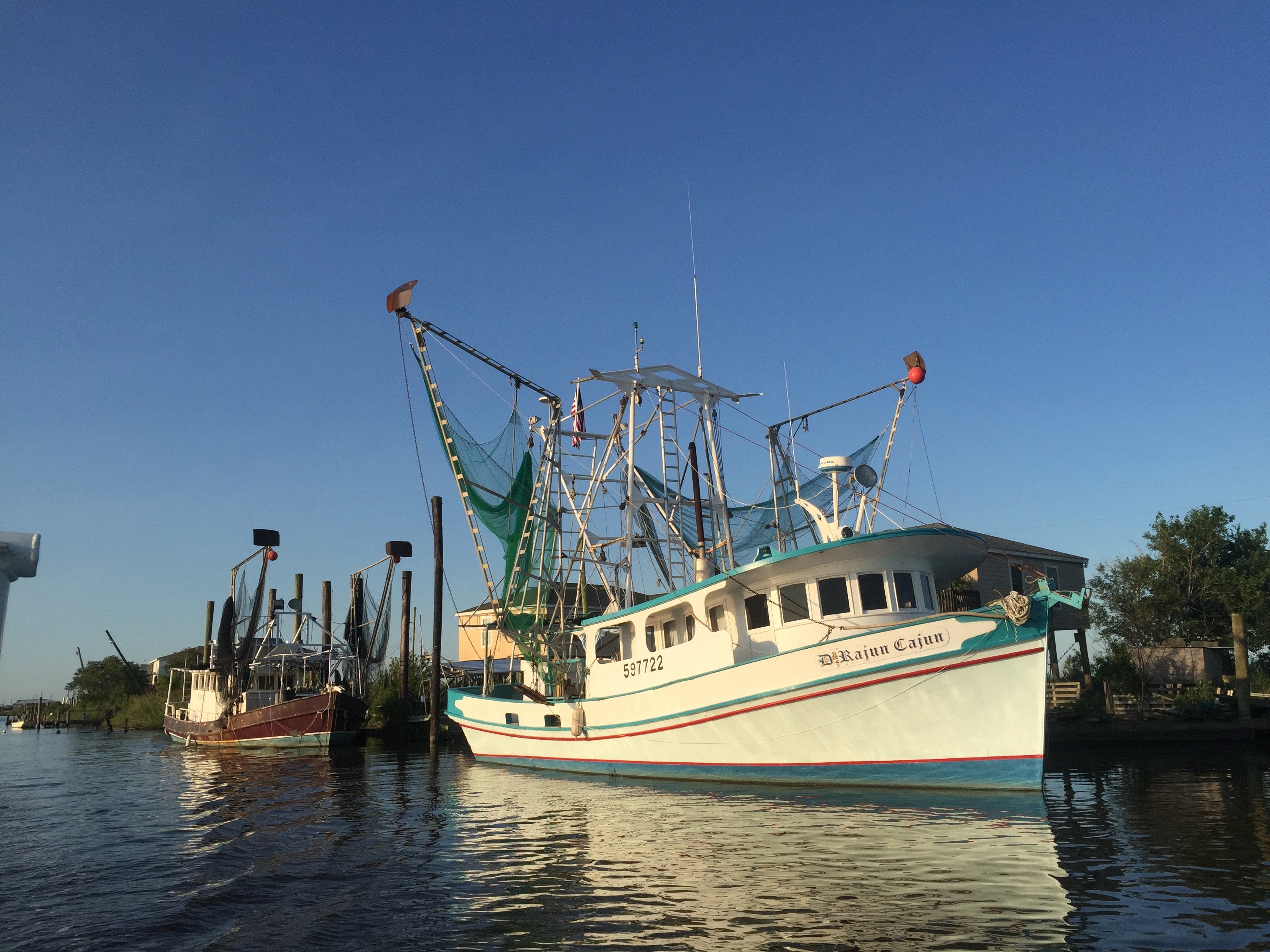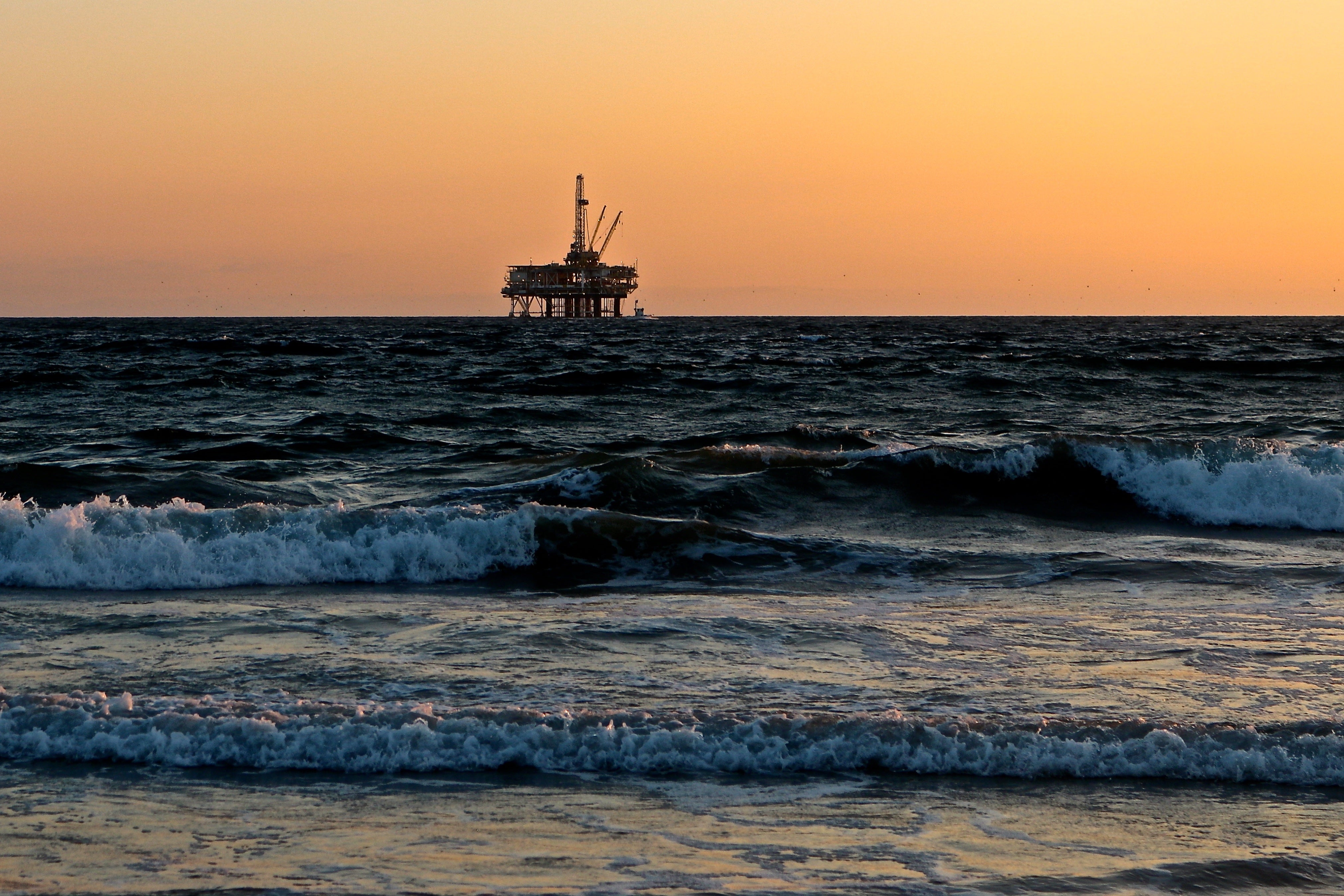What Does the Economy Stand to Lose If We Don’t Restore Louisiana’s Coast?
Co-authored by Jim Wyerman, Director of Communications and Strategic Partnerships, Mississippi River Delta Program, EDF
Part 1 of a 2-part series on the economic importance of coastal restoration to the state and nation.
Louisiana residents are increasingly aware that coastal land loss presents an immediate economic and existential threat to coastal communities and the state – but fewer are familiar with the risks to the national economy. Oil and gas, seafood, navigation, recreational fisheries and wildlife tourism all depend on a healthy Gulf ecosystem and contribute billions of dollars and thousands of jobs. See table below for a summary of key industries that would be put at risk if we do not restore the Louisiana coast.
Fisheries
Louisiana’s commercial fishing landings are the largest in the continental United States, second only to Alaska. People from across the country enjoy eating Louisiana oysters, crabs, shrimp and fish. The success of this industry depends on coastal restoration to protect the Mississippi River Delta ecosystem.
- More than one third of America’s oysters are harvested from Louisiana waters.
- Louisiana leads the nation in blue crab landings – 40 percent of the national total.
- Louisiana commercial shrimp landings (all species combined/head-on weight) total 111.3 million pounds every year.

Louisiana shrimp boats. Credit: Richie Blink, NWF.
Louisiana’s seafood industry generates $1.92 billion in total sales annually and supports about 33,391 jobs. Recreational fishing adds another $1.96 billion in sales and supports nearly 17,000 jobs in the state. In addition to sustaining a large part of the economy, the Mississippi River Delta’s fisheries also support a unique way of life for generations of Louisianans.
But as the delta’s wetlands disappear, so does its ability to support this abundant aquatic life. Restoration projects that reconnect the river with its wetlands to rebuild marsh and sustainable ecosystem will ultimately support a more abundant seafood harvest, which will in turn support local and state economies – and the nation – that enjoys eating Louisiana seafood.
Oil and gas
The Louisiana oil and gas extraction industry directly provides 76,000 jobs, more than half of which belong to people living in coastal parishes. Louisiana produces about 23 percent of the total U.S. crude oil production. Among U.S. states, Louisiana is a top ranked energy producer[1]:
- No. 1 in crude oil production
- No. 2 in total energy production
- No. 2 in natural gas production
- No. 2 in refining capacity
Restoring Louisiana’s wetlands will help rebuild important natural infrastructure, providing storm protection for vital oil and gas infrastructure and lessening economic damages.

Oil rig in the Gulf of Mexico
Navigation and Petrochemical
Louisiana supports the U.S. economy by providing five of the nation’s 15 largest ports by shipping volume, and Louisiana’s navigation industry accounts for $11 billion in annual economic output. The Lower Mississippi River Deep-Draft Port Complex is the largest in the U.S., with over 250 miles of deep-draft shipping channels that offer waterborne access into 30 other states via over 12,000 miles of inland waterways. Southern Louisiana ports carry 20 percent of all U.S. waterborne commerce (500 million tons annually).
Louisiana is home to more than 100 major petrochemical plants, providing the basic raw materials that are shipped around the country and world to create plastics, fertilizers and a vast array of other products. As Louisiana’s coast erodes, the shipping industry is at risk because critical infrastructure becomes more vulnerable to extreme storms.
Tourism
Louisiana’s tourism industry is particularly vulnerable to the dangers of coastal land loss. Tourism generates 231,567 jobs and $16.8 billion in annual total spending, including wildlife tourism. Many business sectors directly or indirectly benefit from a healthy Mississippi River Delta.
Investing in Louisiana coastal restoration will protect billions of dollars in economic activity and critical infrastructure. Wetlands act as a buffer for water and wave energy, reducing flood risk and helping keep communities and businesses safe. By restoring and protecting coastal wetlands, we are protecting these vital industries and the jobs associated with them.
|
The Economic Contribution of Louisiana’s Coast |
||
|
Economic sector |
Economic indicator |
Dollar amount/Jobs |
|
Seafood Industry1 (including commercial harvest sector, seafood processors and dealers, wholesalers and distributors, importers and retailers in LA) |
Total sales in 2012 Employment in 2012
|
$1.92 billion 33,391 jobs |
|
Recreational Fisheries1 (LA) |
Total sales in 2012 Employment in 2012
|
$1.96 billion 16,972 jobs |
|
Oil and Gas2 (including extraction of natural gas, crude oil, other natural gas liquids, drilling oil and gas well, and supporting activities for oil and gas operations in LA) |
Annual economic output in 2015 Employment in 2015
|
$17 billion 76,000 jobs |
|
Tourism3 (including wildlife tourism) (LA) |
Total spending by domestic and international visitors in 2016 Total state tax revenues generated by travel and tourism activities in 2016
Employment in 2016 |
$16.8 billion
$1.04 billion
231,567 jobs |
|
Restaurant tourism4 subsector (LA) |
Annual restaurant sales Employment |
$9 billion 207,000 jobs |
|
Navigation5 (LA) |
Annual economic output in 2015 |
$11 billion |
This is part 1 of the final installment of our series where our experts answer 10 fundamental questions with new and updated information, so that reasonable and scientifically-sound decisions can be made about the long-term sustainability of the delta and surrounding ecosystems. View an introduction to this series as well as posts on sediment, vegetation, diversions, levees, communities, fisheries, navigation, and climate change & energy.
[1] This includes production from its section of the federally administered Outer Continental Shelf (OCS).
1/ US Department of Commerce. Fisheries Economics of the United States 2012 (2014).
2/ IMPLAN Database (2015).
3/ Louisiana Office of Tourism. http://www.crt.state.la.us/tourism/louisiana-research/.
4/ Louisiana Restaurant Association.
5/ Louisiana’s Community and Technical Colleges and Louisiana Association of Business and Industry. An invisible giant: the maritime industry in Louisiana (2015)